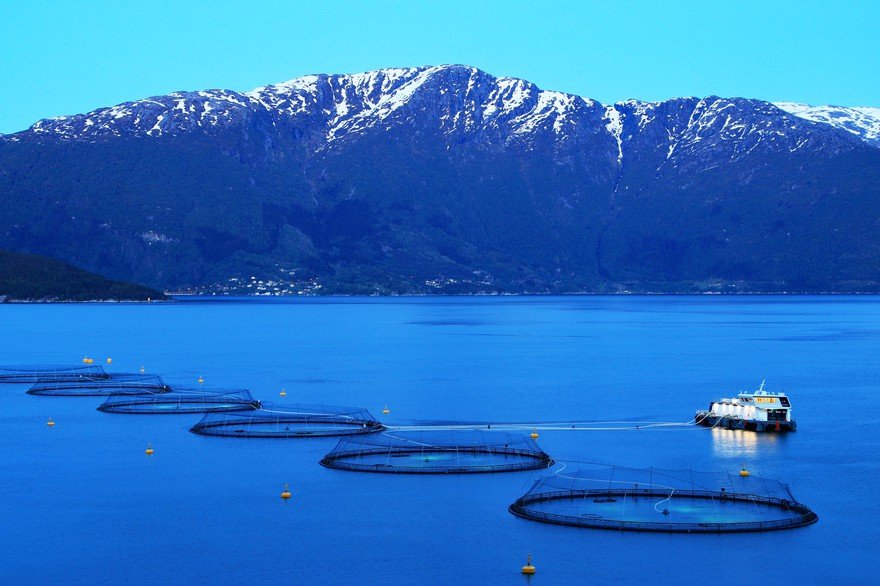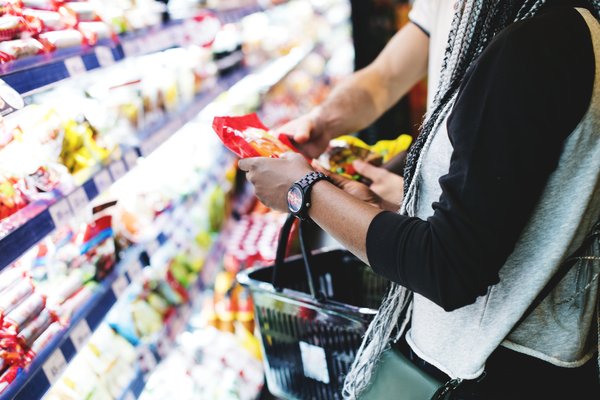
There are a lot of reasons to be bullish on the seafood industry. Fish and seafood are generally considered to be the healthiest animal proteins available. Done properly, sustainable seafood is the most environmentally efficient source of protein on the planet, according to the National Oceanic and Atmospheric Administration. It's also a consumer staple, meaning it's a relatively recession-proof product.
Some think of aquaculture companies as a form of agriculture. They cultivate fish and other sea creatures in controlled environments and have become a major industry alongside wild fisheries.
If you're looking for public seafood companies, you won't find any of substantial size in the U.S. since the domestic industry is highly fragmented. In fact, the best place to look for fishing industry stocks is Norway, which is the second-largest seafood exporter in the world behind China. That's an impressive feat for a country with a population of barely 5 million. Keep reading to see three of the top aquaculture stocks you can buy today, two of which are based in Norway and the third in Denmark.
List of seafood stocks
Top seafood stocks in 2025
| Company | Market Capitalization | Description |
|---|---|---|
| Mowi (OB:MOWI) | $9.33 billion | World's largest producer of Atlantic salmon and producer of whitefish and other seafood products. |
| Leroy Seafood Group (OB:LSG) | $2.93 billion | Sells farmed and wild-caught seafood products. |
| P/F Bakkafrost (BAKKA.OL) | $3.34 billion | Producer and seller of salmon products around the world under brands like 18 Islands and Lochlander. Based in Denmark. |
1. Mowi
1. Mowi
Formerly known as Marine Harvest, Mowi is one of the largest seafood companies, with an estimated 20% share of the global salmon and trout market. It's the world's largest producer of Atlantic salmon.
In 2023, the company brought in 5.5 billion euros in revenue and 475,000 metric tons of fish, representing a 4.9% compound average growth rate since 2018. Operating profits were strong as well at 1.03 billion euros, showing that the company generates healthy operating margins of close to 20%.
Mowi is making significant investments in technology to become more efficient. It plans to use advanced imaging technology, intelligent sensors, automatic feeding, and real-time monitoring of fish and other biomass through its 4.0 Smart Farming concept, which is rolling out over the next five years. If successful, such advances could give a significant boost to Mowi's bottom line. The company also offers a 3.7% dividend yield.
2. Leroy Seafood
2. Leroy Seafood
Leroy Seafood counts on salmon for more than half of its revenue, but it also does significant business in trout and whitefish. The company's revenue increased 16% in 2023 to $2.9 billion, while operating income fell slightly to $312.8 million. Harvest volume also fell in 2023 for the second straight year to 159,620 metric tons, but revenue was buoyed by higher prices. Historically, the company's performance has been volatile, fluctuating with factors such as fish prices. Lower fishing quotas on whitefish have also restricted the company's catch volumes recently.
Leroy is making a wide range of investments, including in land-based farming, adding new whitefish fishing vessels, and adding shielding to its fish farms and mature salmon operations. The company expects those to drive growth over the coming years. Still, the unpredictability of quotas remains a risk, and a significant reduction in wild catch limits affected its performance in the first half of 2024.
The company is also committed to its annual dividend, which currently offers a yield of 5.8%.
3. P/F Bakkafrost
3. P/F Bakkafrost
Bakkafrost is the leading product of high-quality salmon from the Faroe Islands and Scotland. It also has vertically integrated salmon farming operations, in which it manages every stage of the process, from producing feed to value-added products like smoked salmon.
In 2023, the company generated $1.06 billion in revenue, essentially flat from the previous year, while operating profit came in at $228.5 million, down from $252.3 million.
Volumes fell sharply by 21% in the Faroe Islands to 52,408 metric tons and were down 14% to 20,598 in Scotland. The company made up for that decline with higher salmon prices.
However, management expects to return to growth, with a plan to reach 165,000 metric tons by 2028, driven by its large smolt capacity and expansion of its land-based freshwater hatchery.
Like the other seafood stocks on this list, Bakkafrost is a solid dividend payer, offering a yield of 2.4%, which is paid on annual basis.
Should I invest?
Should you invest in seafood stocks?
Fishing is one of the oldest industries in the world, but it's also changing quickly. Technological innovations, salmon farming, and climate change all present opportunities for fishing companies on the stock market, as well as challenges. Seafood supplied from aquaculture could soon surpass wild-caught seafood in volume, and that could make a historically commodity-based industry ripe for innovative players.
Expect the expansion of farming and aquaculture to continue to drive growth in the industry in the coming years.











